Huaiyang cuisine's subtle but elegant style is a diplomatic triumph, Li Yingxue reports.
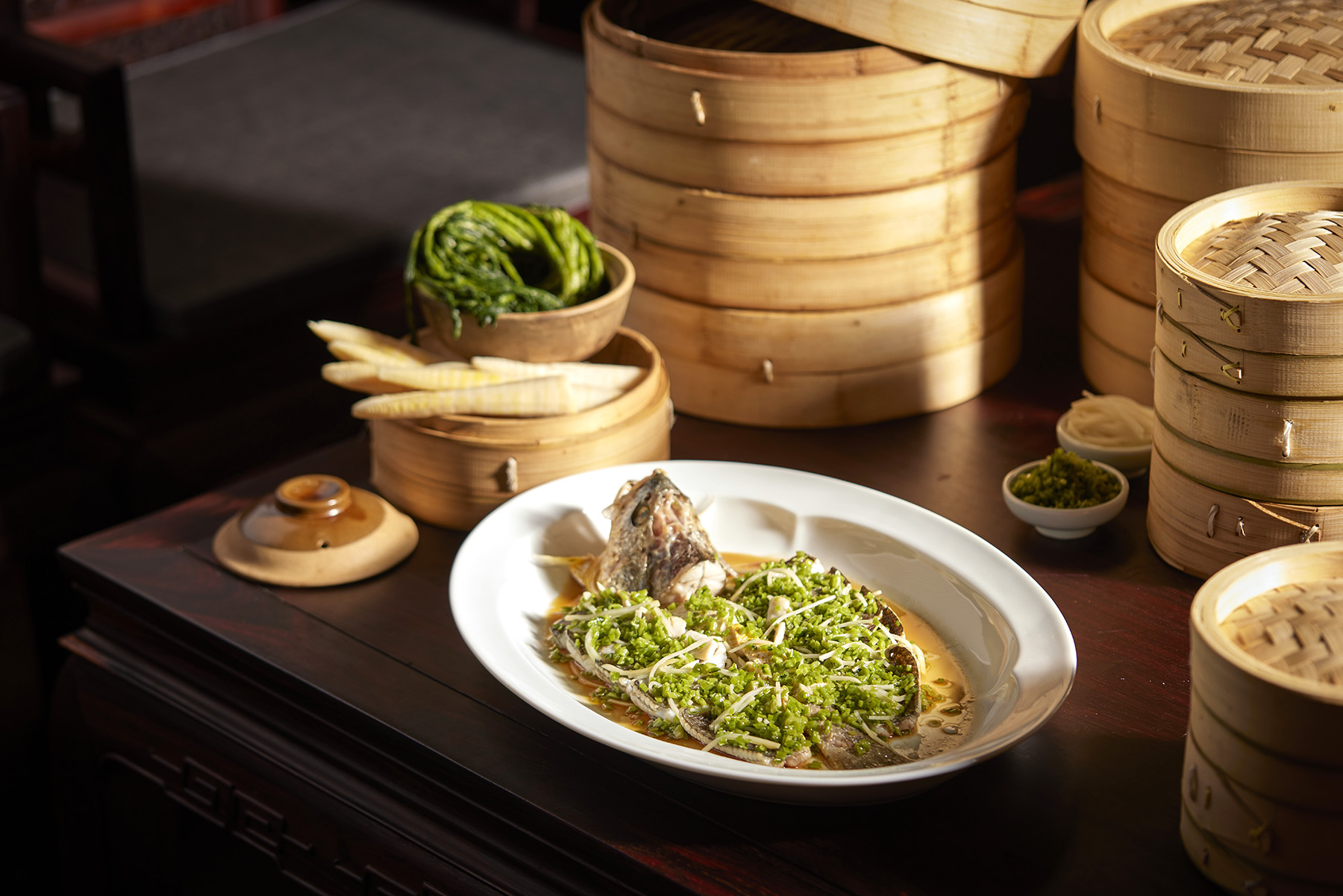
Known for its elegance, Huaiyang cuisine (from Huai'an and Yangzhou of Jiangsu province) is capable of meticulously transforming a seemingly modest cube of tofu into a culinary masterpiece that resembles a delicate chrysanthemum flower through 100 precise cuts made in two directions.
The artful creation, known as chrysanthemum tofu soup, combines the subtle textures of tofu with the rich flavors of matsutake mushrooms and pigeon eggs, all swimming in a clear chicken soup. It's a dish that not only pleases the palate but is also a showcase of the zenith of Chinese knife skills and culinary traditions.
It was this very dish that captivated Dutch Prime Minister Mark Rutte and his team during a recent memorable lunch in Beijing.
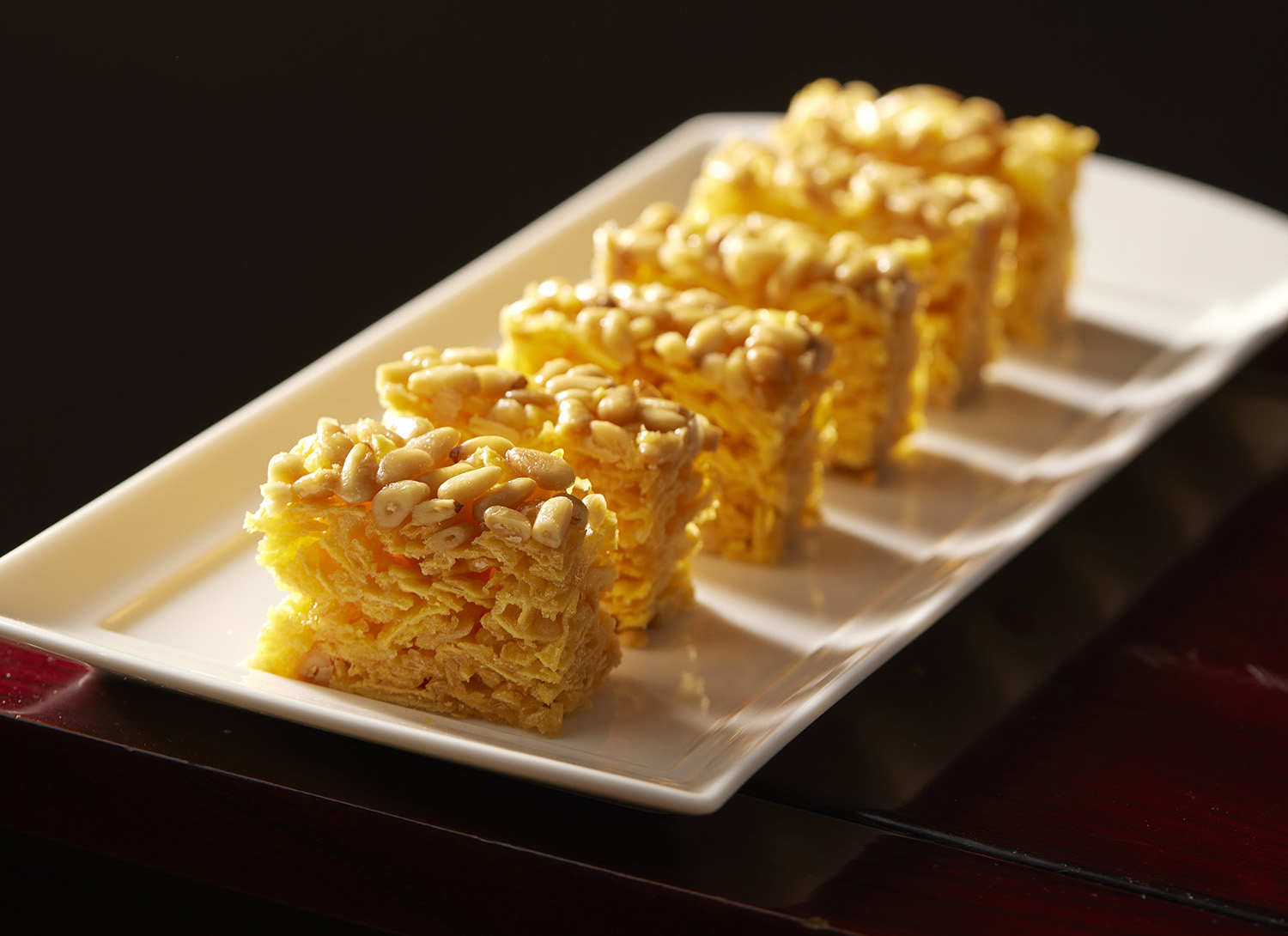
Their culinary experience took place at the Shichahai branch of Huaiyangfu, a Huaiyang cuisine restaurant chain. In late March, amid the diplomatic itineraries, it was the simple elegance of chrysanthemum tofu soup that left a lasting impression, and also highlighted the cultural resonance that food can convey.
Wang Changrong, 48, the head chef of the restaurant, curated a selection of seasonal dishes for the Dutch diners. These included Kalimeris buns, steamed lotus root stuffed with glutinous rice, and stir-fried shepherd's purse with spring bamboo shoots. The seasonal ingredients were sourced from the Yangtze River region.
"Our guests had diverse dietary preferences, with some being vegetarian and others avoiding pork or seafood. So, we tailored the menu to accommodate their specific requests," he explains.
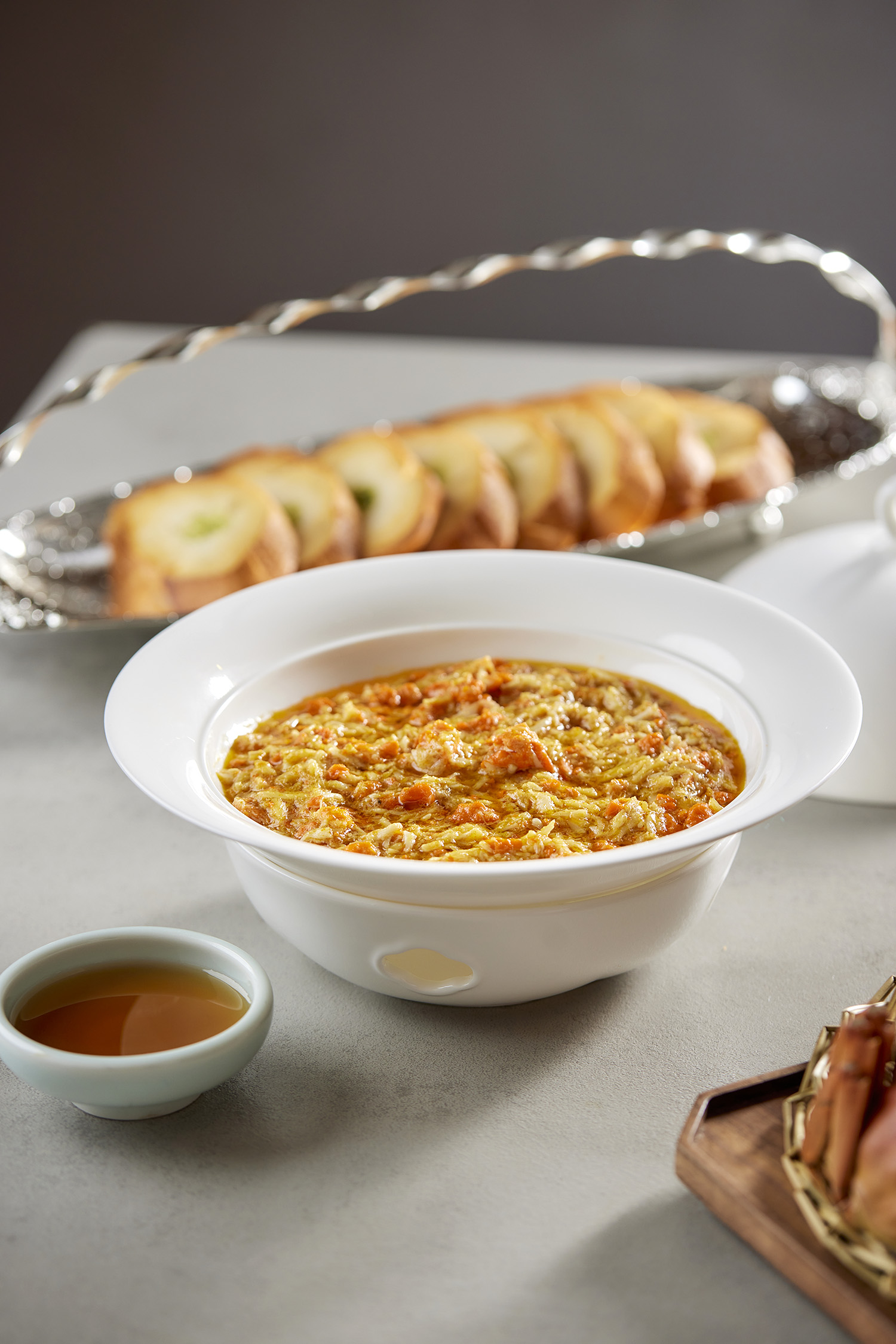
For the Kalimeris bun, Wang added pine nuts to enhance the aroma of the Kalimeris, a flower from the aster family.
Even the cold tomato dish was full of creativity. Though it appeared simple, the tomatoes were filled with walnut paste.
"We don't aim for complex flavors, just freshness," Wang explains.
The restaurant's steamed large yellow croaker and Huaiyang lime beef short ribs stand out as favorites among diners. Wang marinates the short ribs in fragrant herbs, then fries them until tender. During frying, a secret sauce infused with lime and green peppers is added.
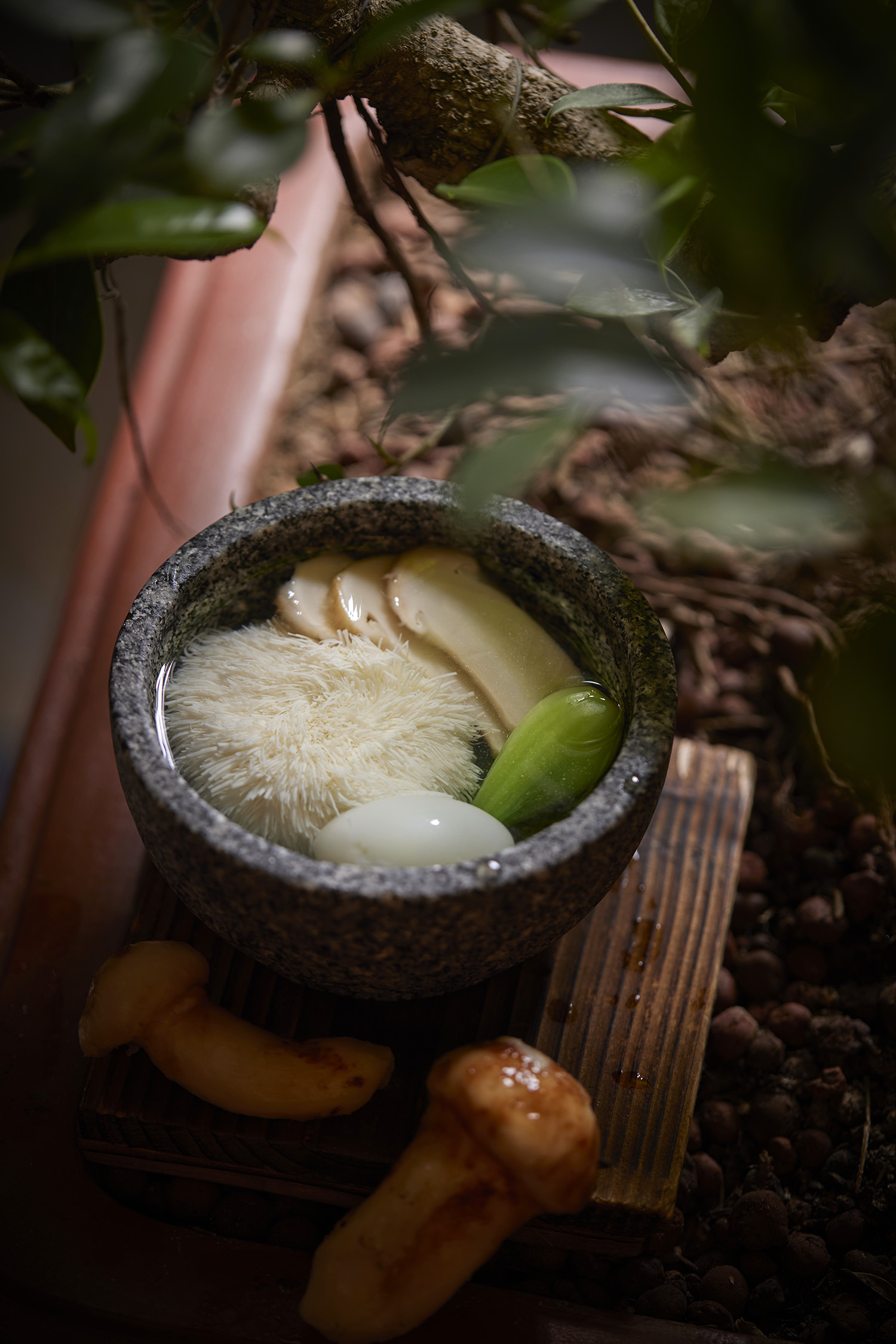
The savory yet refreshing flavor combination is widely enjoyed by customers. Additionally, the exquisite presentation of the dish prompted the Dutch diners to take photos with their smartphones.
One of Huaiyangfu's signature dishes, stir-fried crab meat on toast, was a popular choice at the table. Wang explains that they use the meat and roe from 10 crabs from Gaoyou Lake in Jiangsu province to prepare the dish.
"We serve it in a modern way, allowing diners to enjoy the crab meat by placing it on a slice of toast," Wang says.
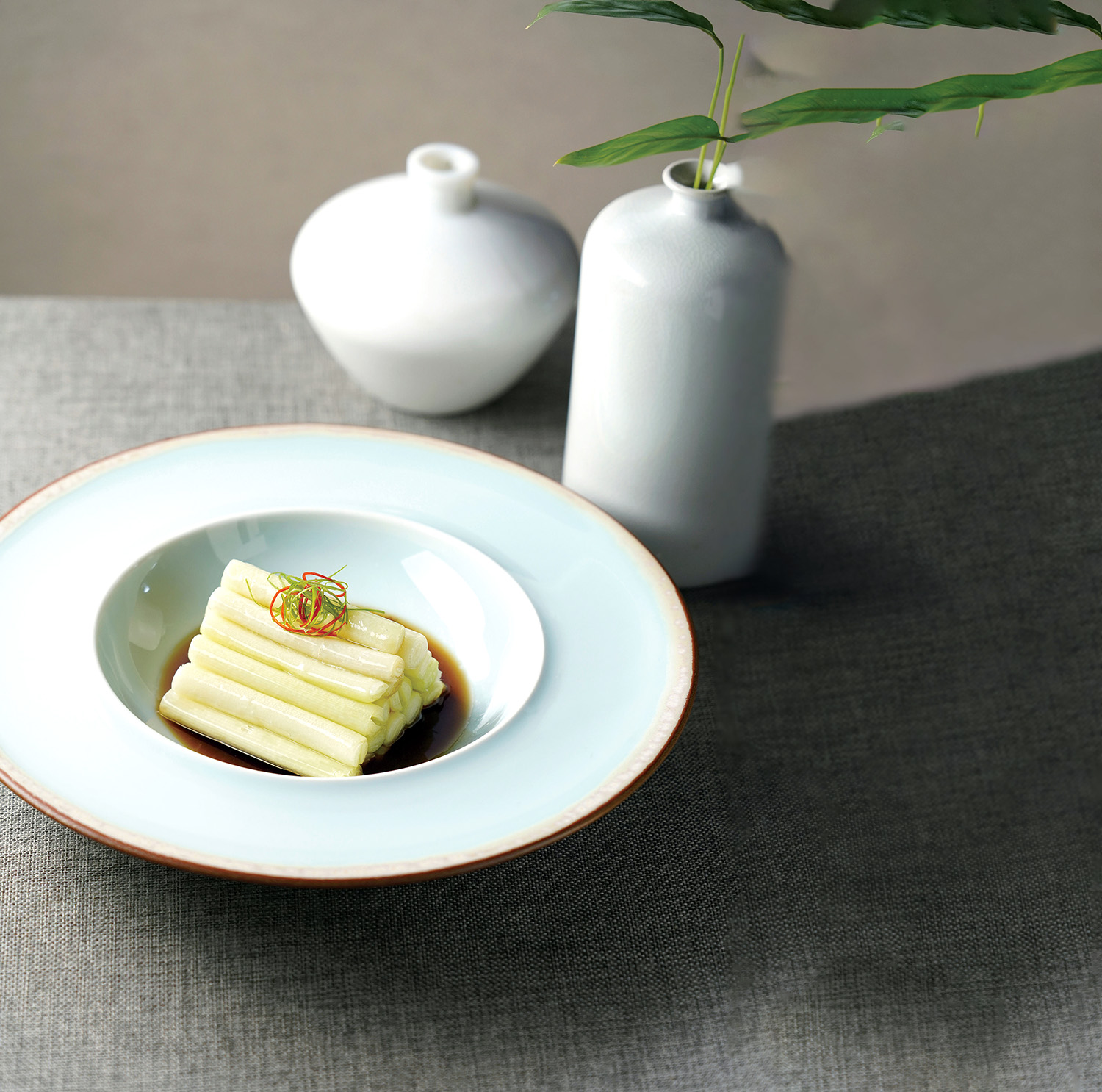
According to Wang, Huaiyang cuisine is based on two types of knife skills: visible and invisible. While chrysanthemum tofu showcases visible knife skills, dishes like gourd duck with eight treasures highlight invisible knife skills.
"In the case of this dish, the bones are meticulously removed from the duck using a knife. Then, eight ingredients are added before the duck is shaped like a gourd, which symbolizes auspiciousness," Wang explains.
"Our Dutch guests truly relished our food, as most of the dishes were devoured," he says.
For dessert, Wang served Kalimeris ice cream, which they also thoroughly enjoyed.
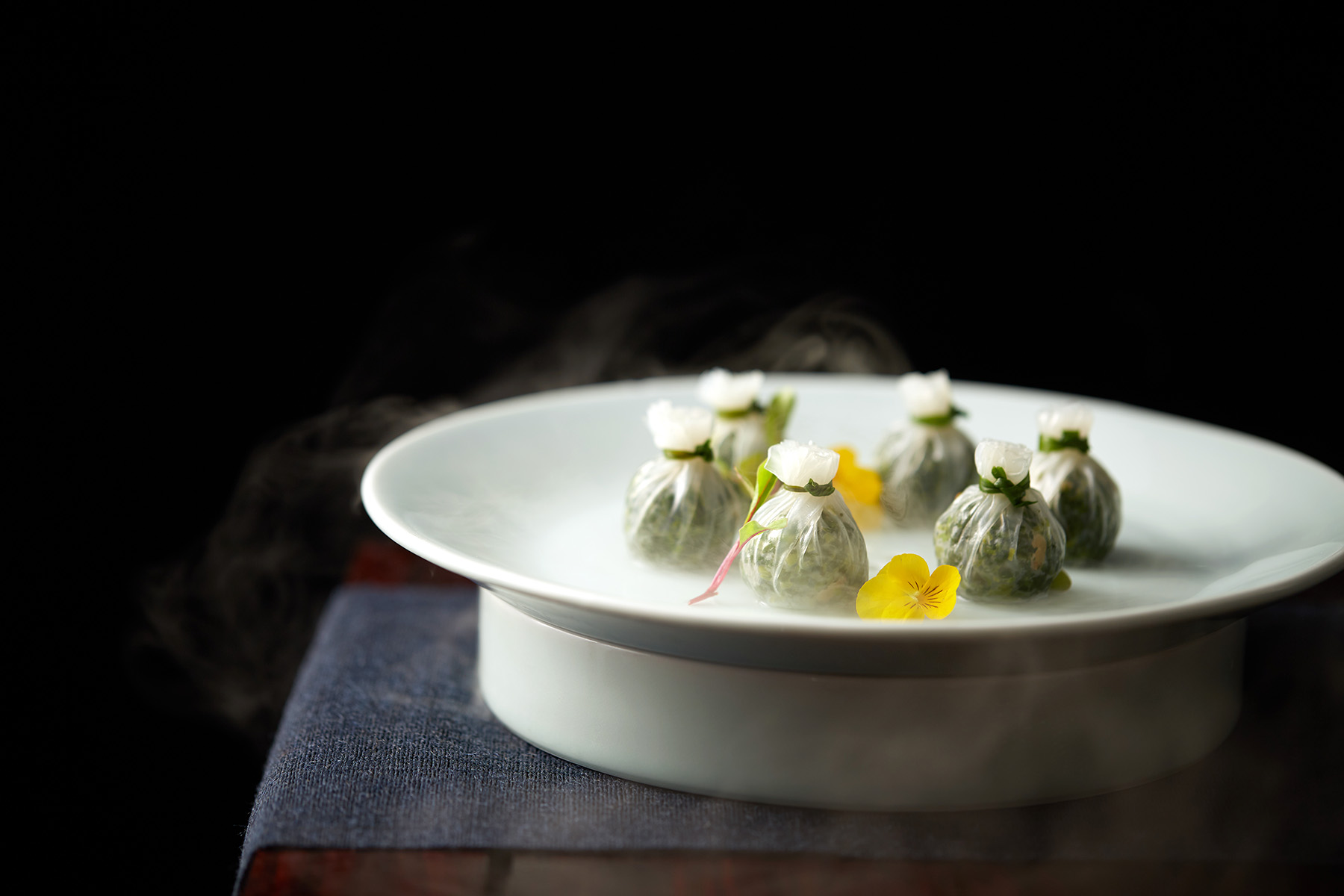
According to Dai Liang, the general manager of the restaurant, they have hosted foreign government officials on several occasions since opening eight months ago.
"Previously, they came for dinner and we provided individual servings. However, this time they wanted to experience the most traditional Chinese dining culture, so we served the dishes family-style for them to share," she explains.
Dai has noticed an increase in the number of international visitors to Shichahai Park dining at their restaurant since the Spring Festival holiday. During the Qingming Festival holiday earlier this month, even more foreign guests visited.
"Many of them are tourists, while others are on business trips to China, and have been invited by local partners," she explains.
Vegetable dishes, particularly those seasoned for spring, are popular with foreign diners, as well as flour-based dishes, such as pan-fried buns, baked cakes, and plain noodles, according to Dai.
Contact the writer at liyingxue@chinadaily.com.cn


